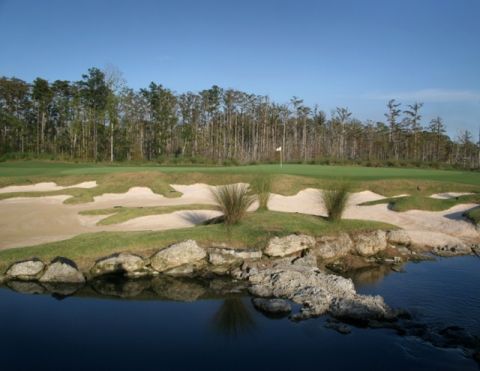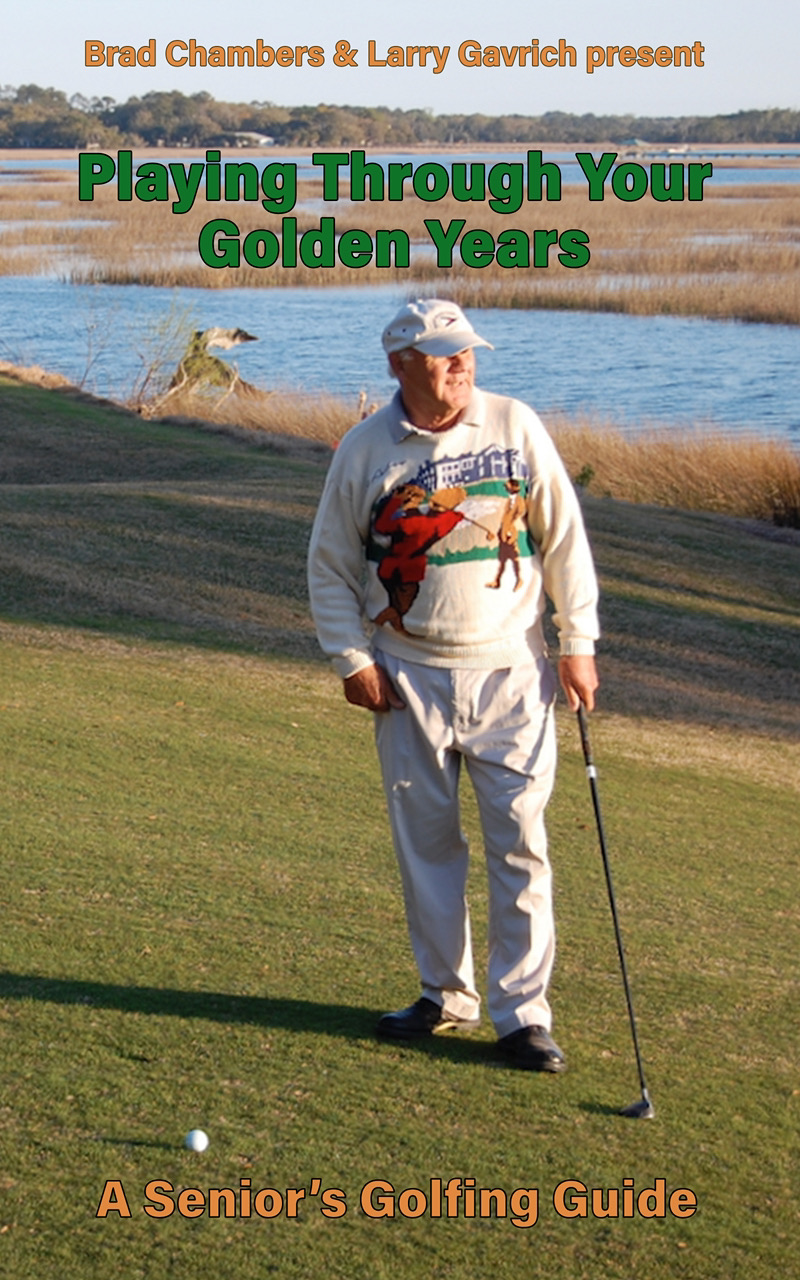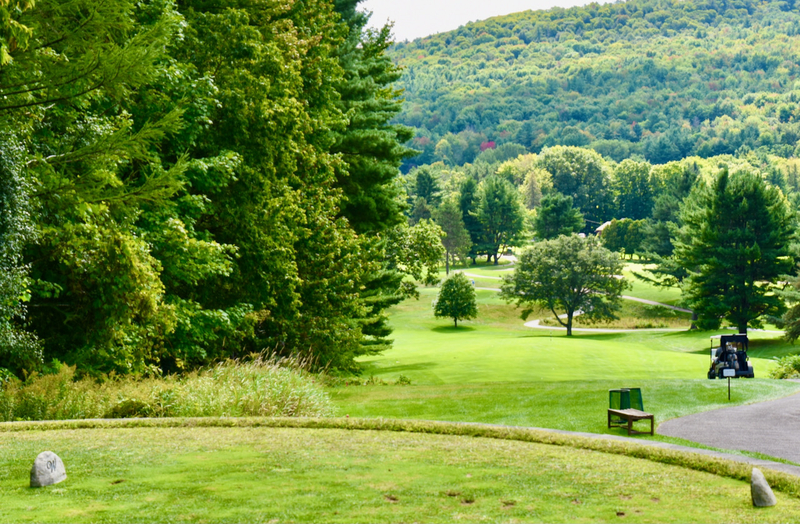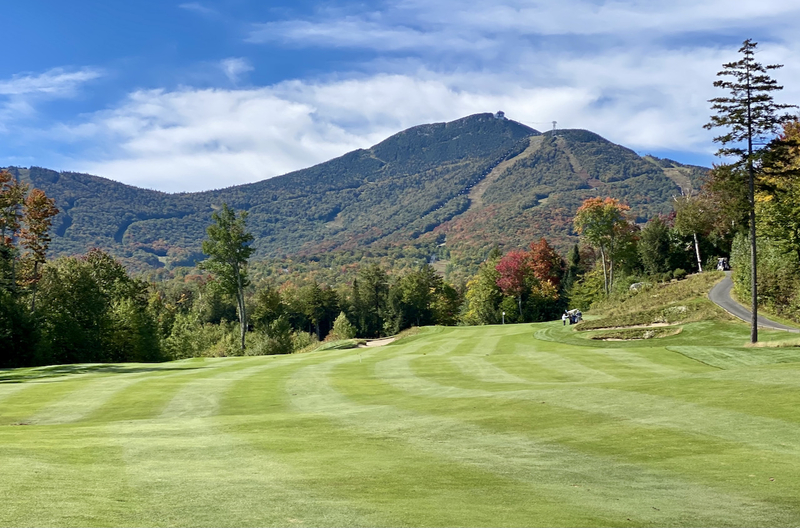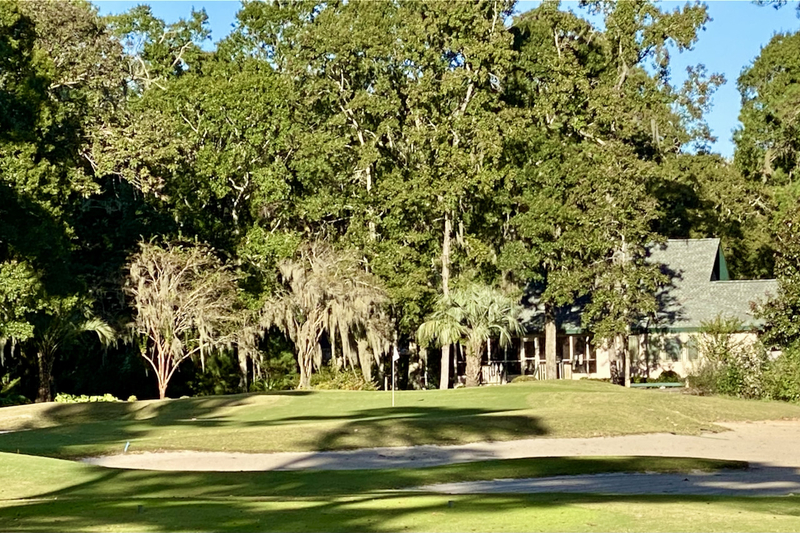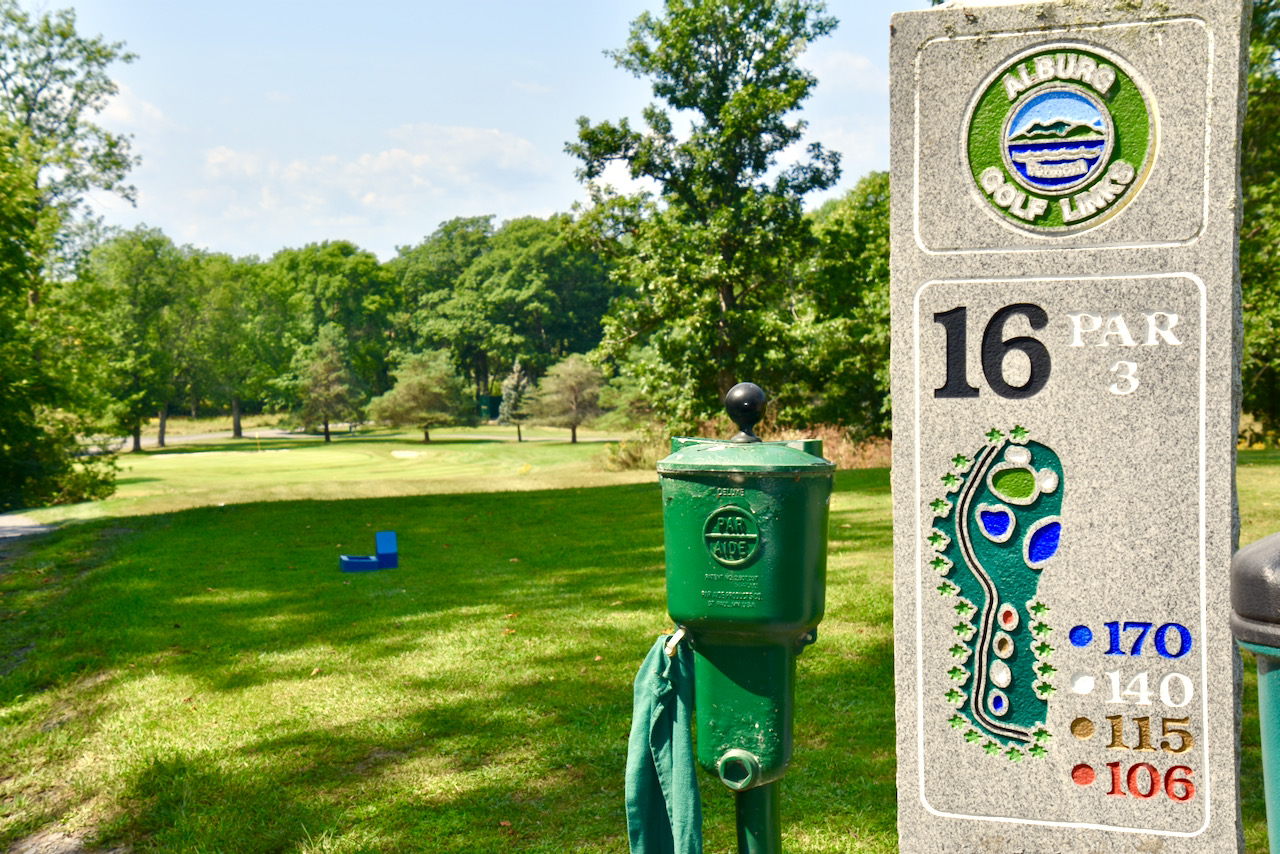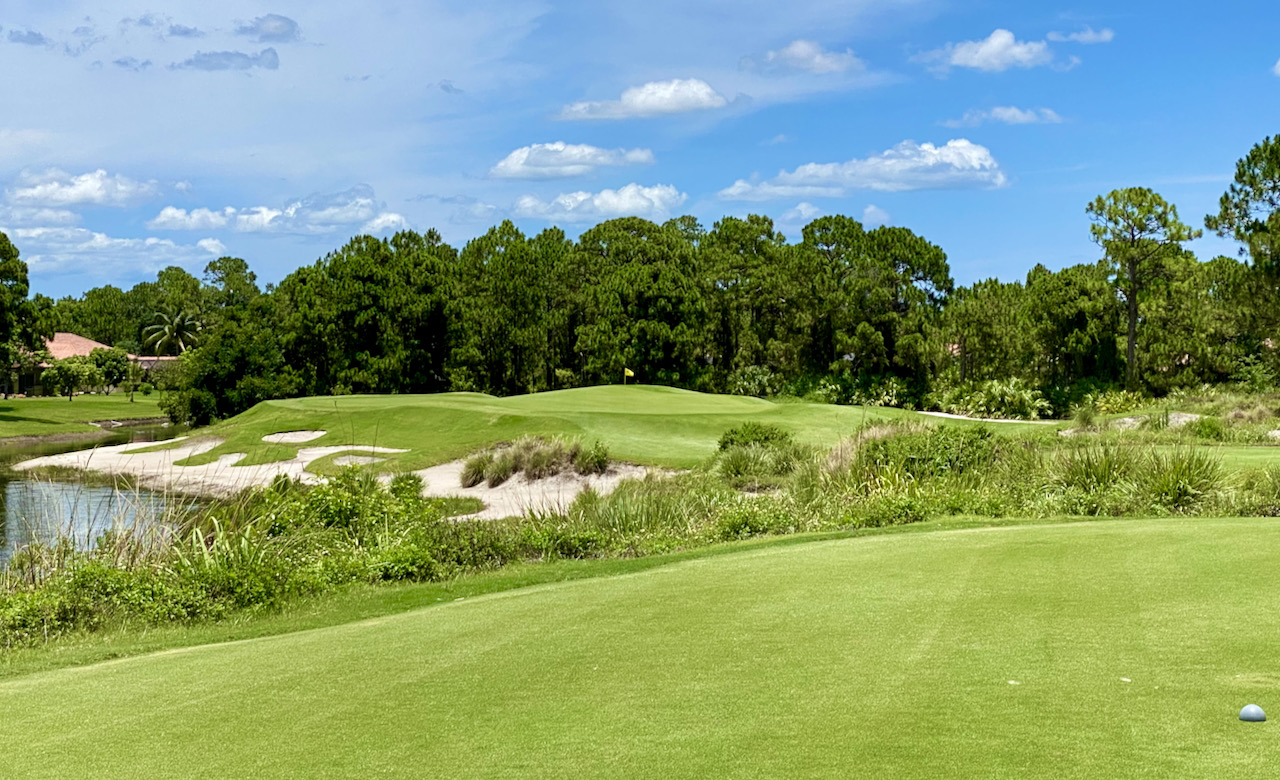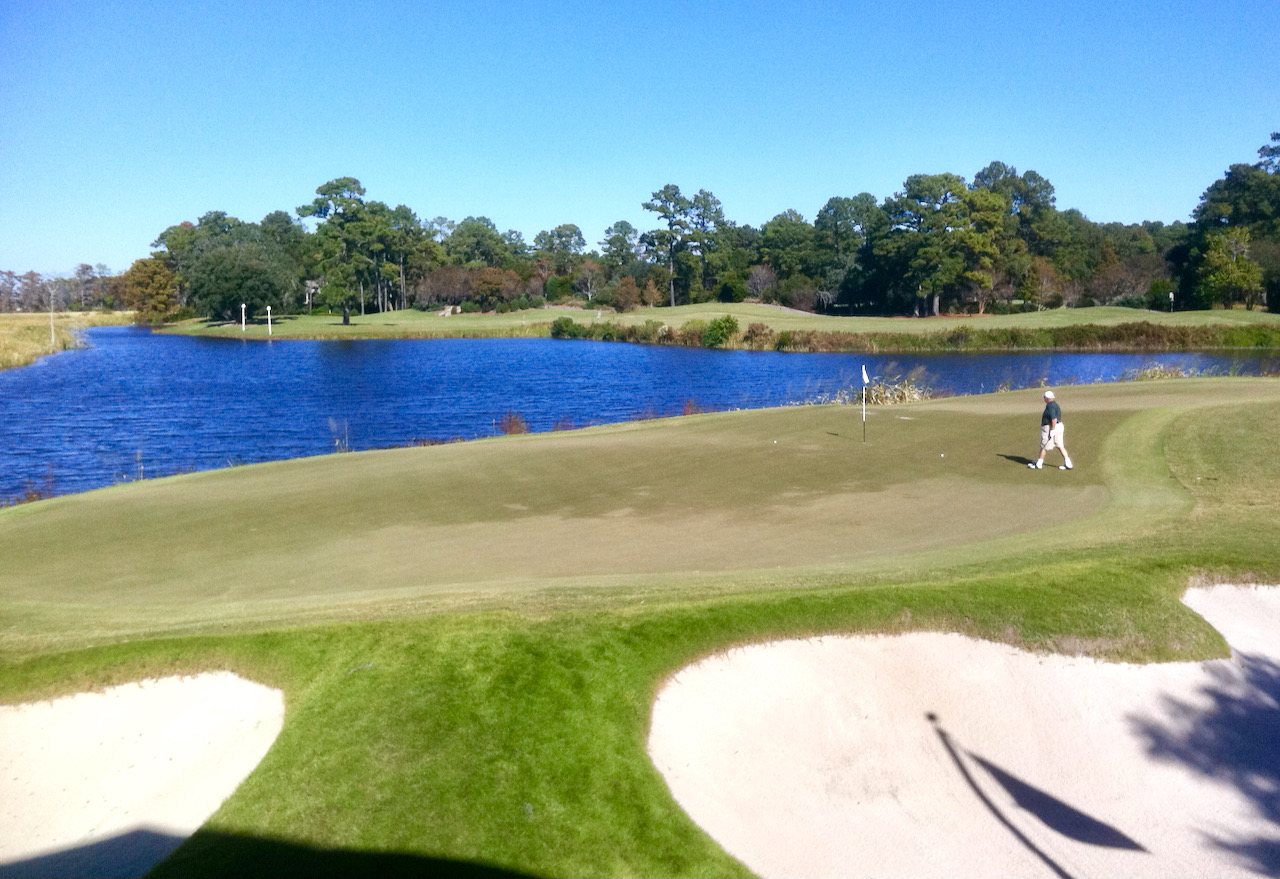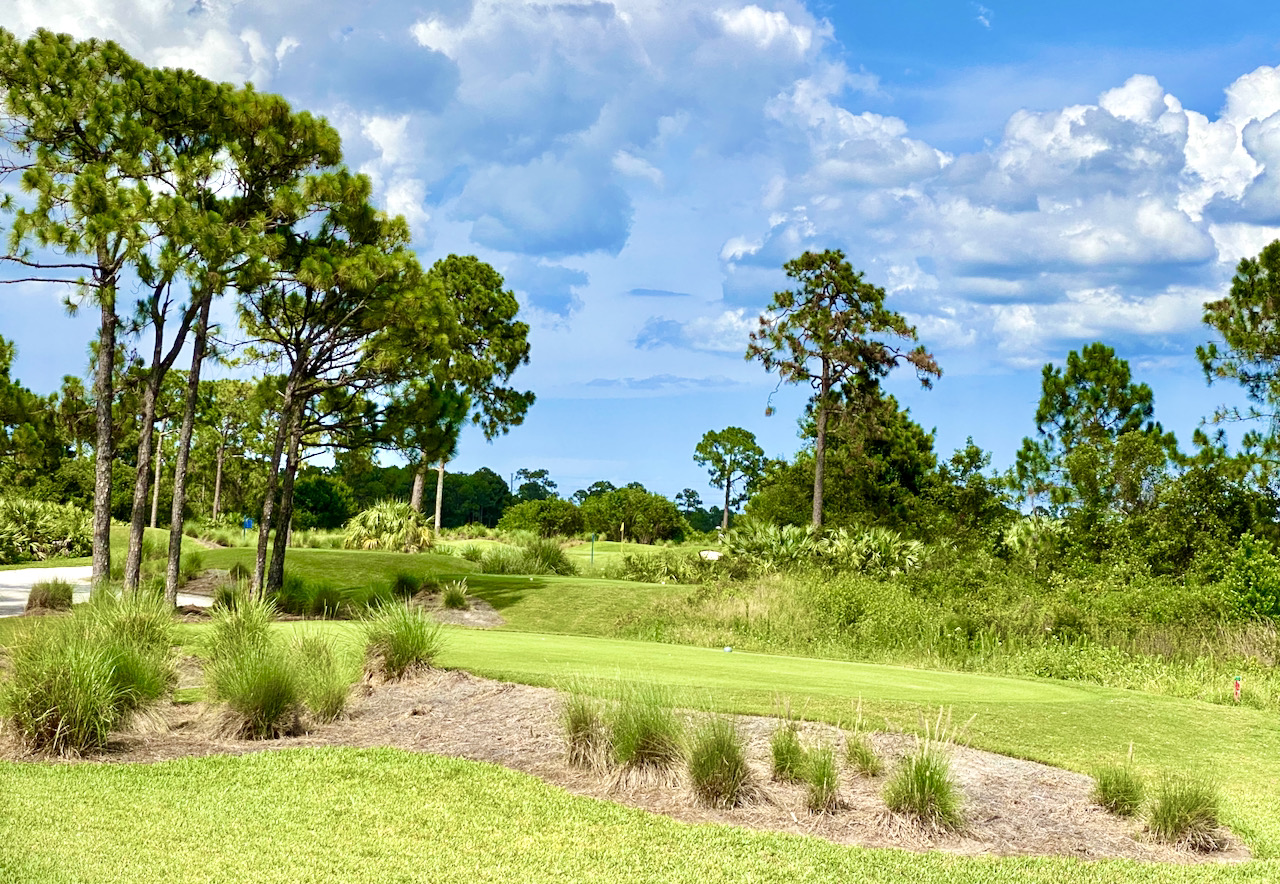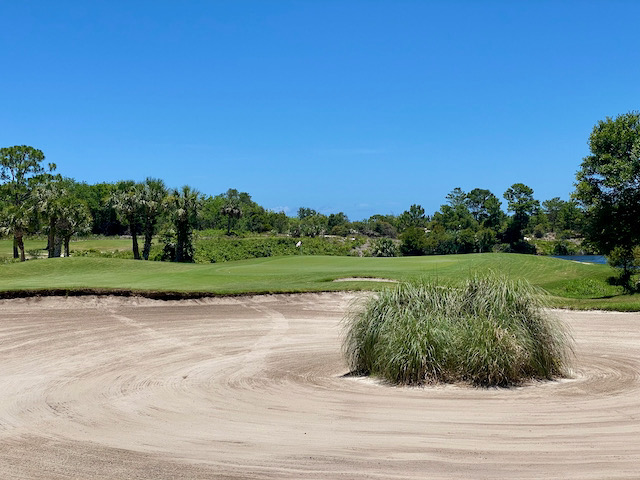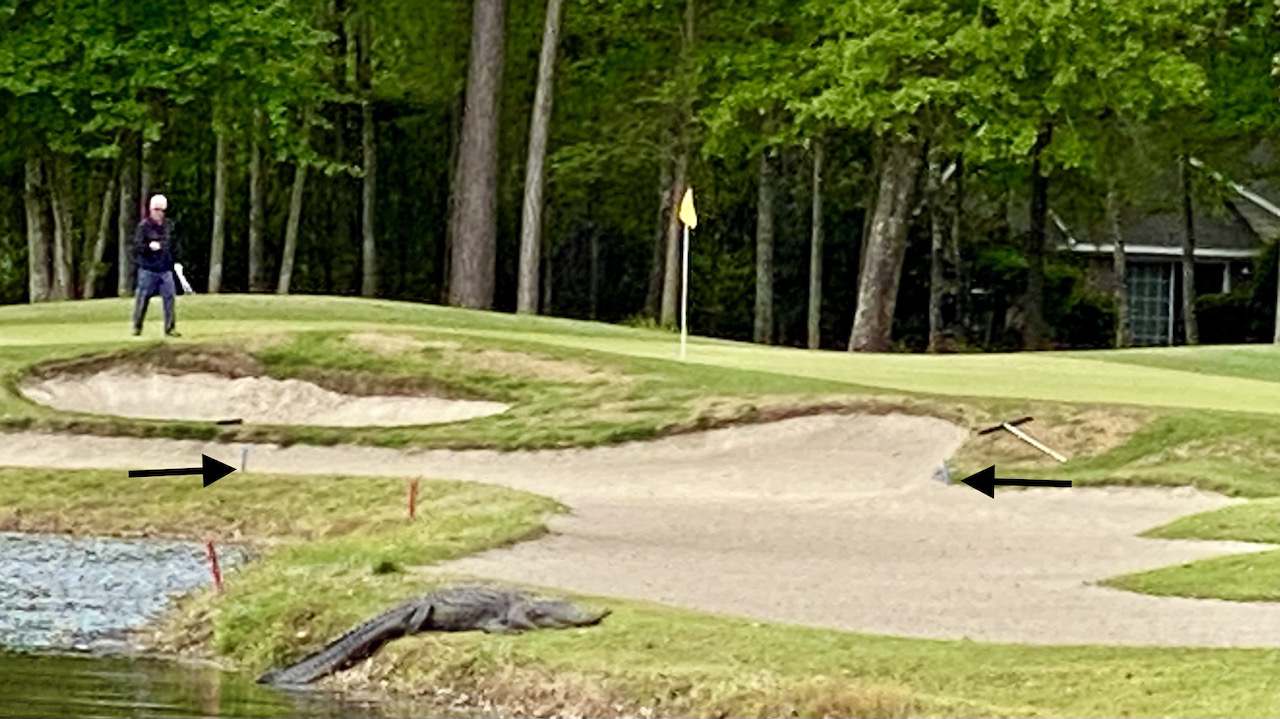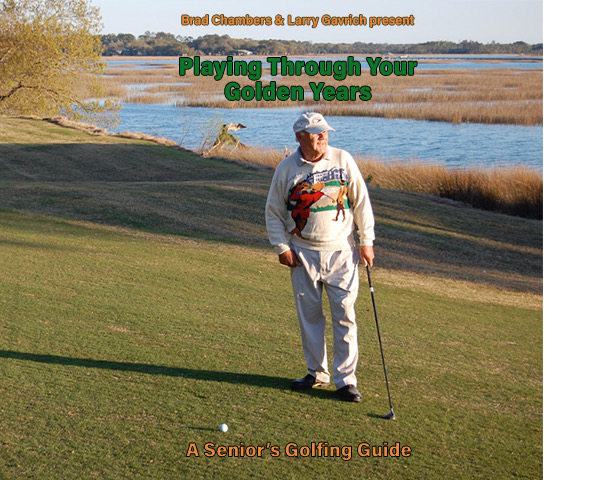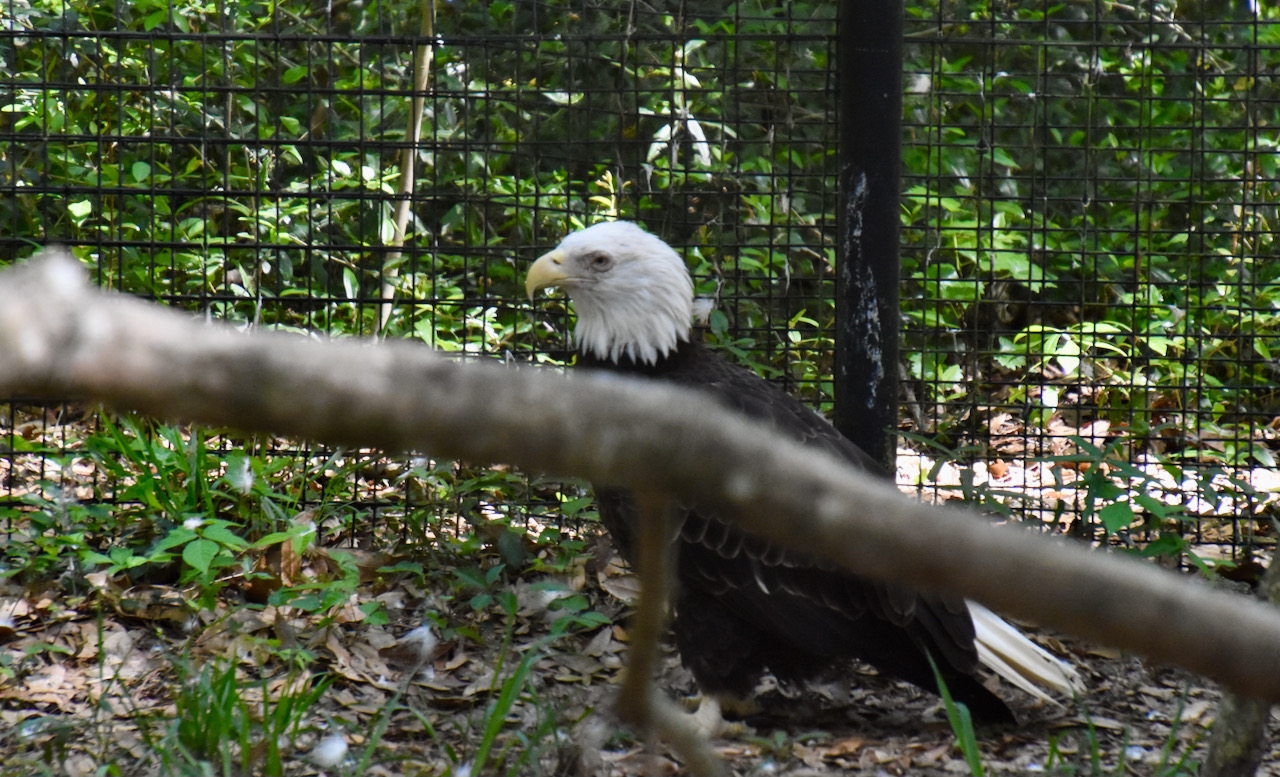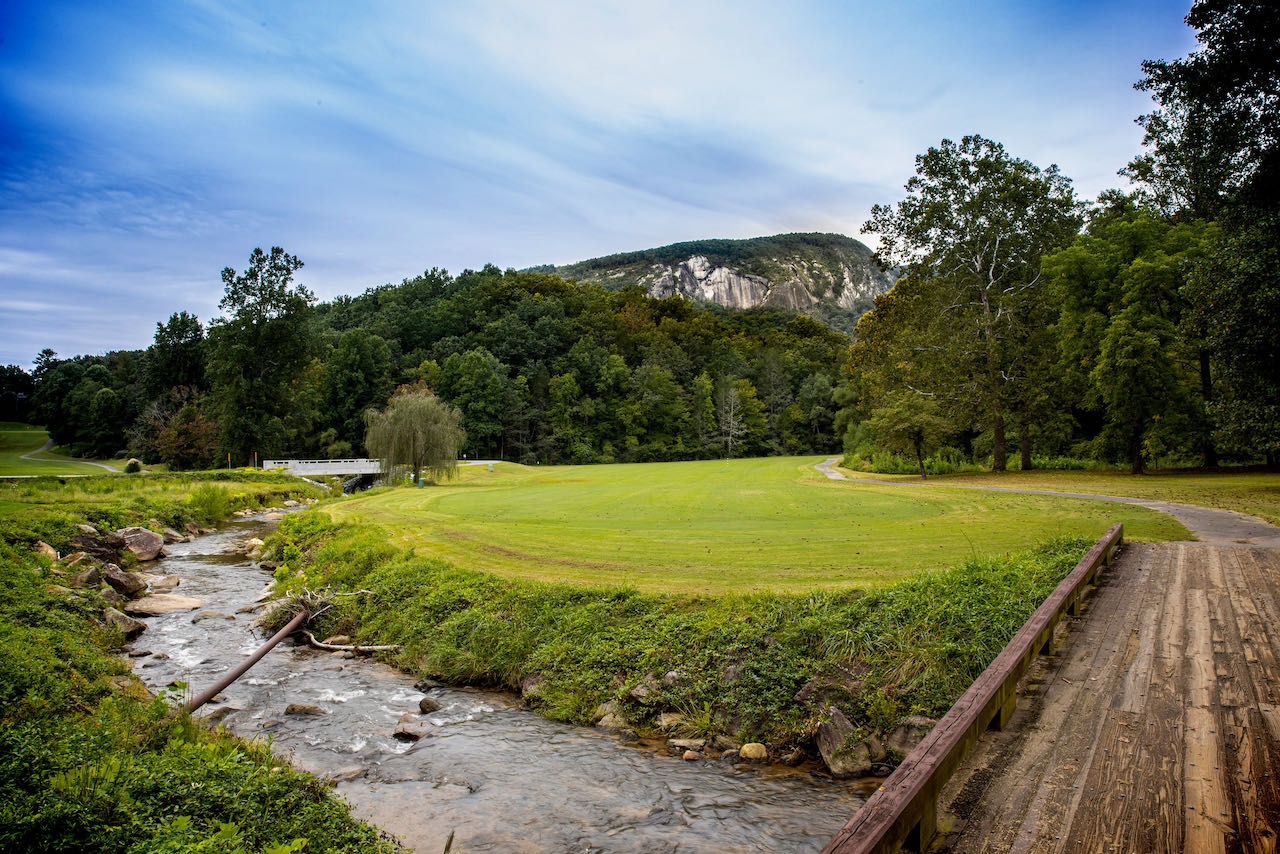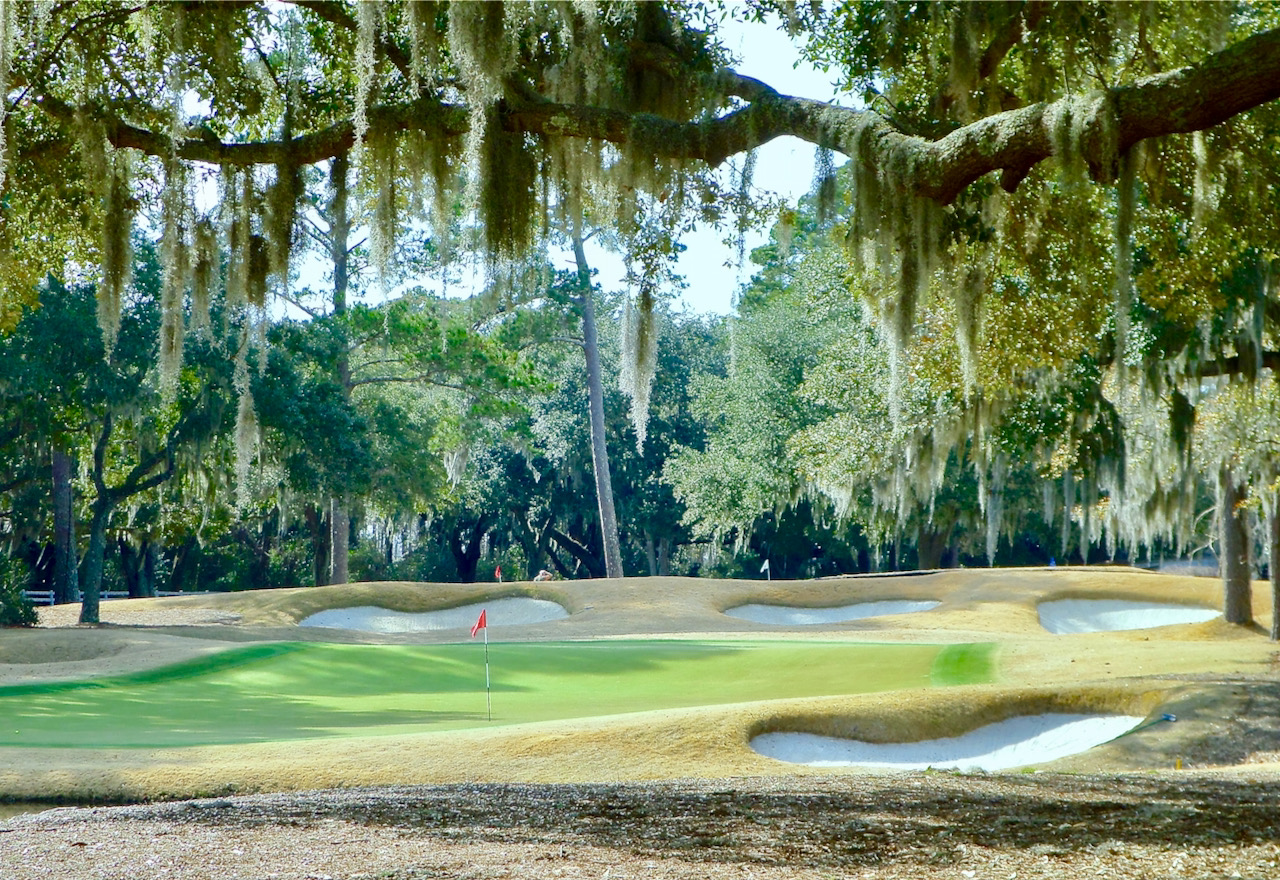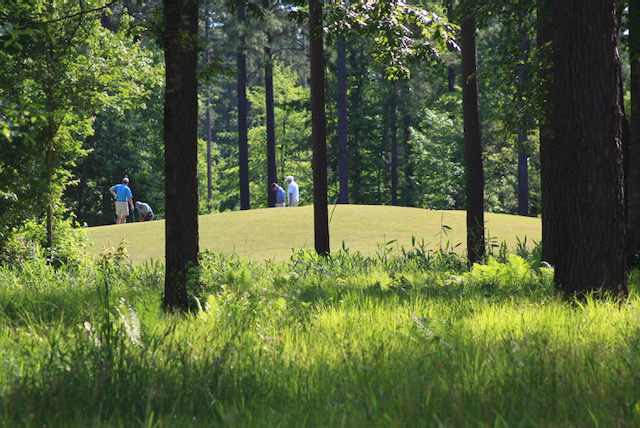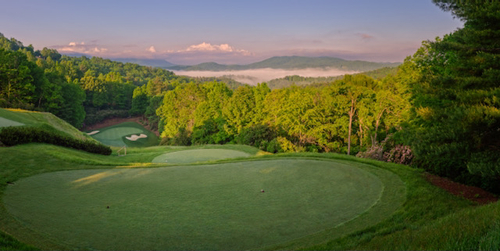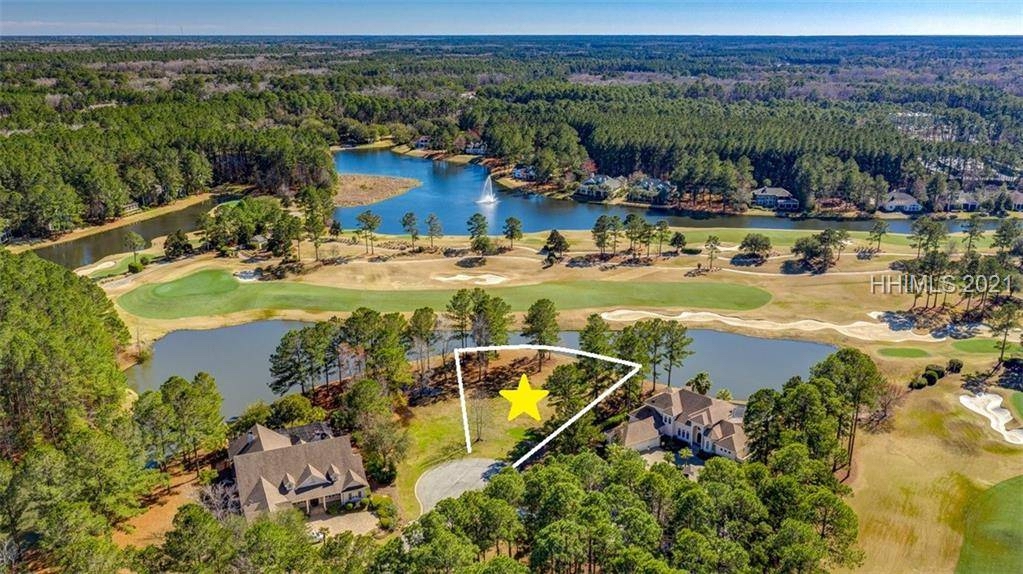The lure of golf and golfing communities. Statistically, my round of 51 is just a matter of time. It's my potential (if not my destiny).
by Toby Tobin
Golf is a game of perpetually unrealized potential. It has been said the game was invented by a sadist to be enjoyed by masochists. As a golfer, how many times have you heard, "Even a blind squirrel finds a nut once in a while." or "It only takes one good shot to bring a golfer back for another round." The concepts behind these two thoughts explain golf's addictive quality.
I was once a single-digit handicap golfer. My most recent home venue was the Jack Nicklaus signature course at Grand Haven in Palm Coast, FL. During a period spanning ten years, I managed to birdie each of the 18 holes at least once. And I managed to eagle three, including a hole-in-one.
So I KNOW that I have the potential of shooting a 51 on the par 72 Nicklaus course. And any time I walk to the tee on a par three, I KNOW I'm capable of a hole-in-one. I've already done it, although not on the same day or even in the same year, by combining my best score on each hole. Statistically, my round of 51 is just a matter of time. It's my potential (if not my destiny). Just like the theory that an infinite number of monkeys given an infinite number of typewriters will eventually reproduce the world's greatest books.
I remember thinking, after I finished each round back then, of the few bad shots I'd hit that day. Older now and playing less, I get to recall a few bad shots after nearly every hole. The birdies are now few. It's hard to remember my last eagle.
How close did I ever get to my potential round of 21 under par at Grand Haven? I had a handful of 74s; two over par. Even on my best days, I could not get within 23 shots of my potential.
Seriously, no matter what your level of play, some shots are either great or pretty good compared to your average. As I plan each shot, whether it's from the center of the fairway, on the green, from a bunker or buried in the woods, I can remember at least once in the past when I hit that identical shot with spectacular results. It's a golfer's weakness to not only remember those shots but also to expect the same results again, not just some time in the future, but RIGHT NOW; on THIS shot.
Statistically, I have the same odds of hitting my worst shot as I do of hitting my best. The other 99.999% of the time, I'll be somewhere in between. The fact that I couldn't replicate that magnificent shot this time is frustrating because I know I can do it. But knowing that I can is what brings me back again and again, perpetually frustrated and forever a golfer.
*
Donald "Toby" Tobin blogs about real estate from his home in Palm Coast, FL. Toby's web site is GoToby.com.




